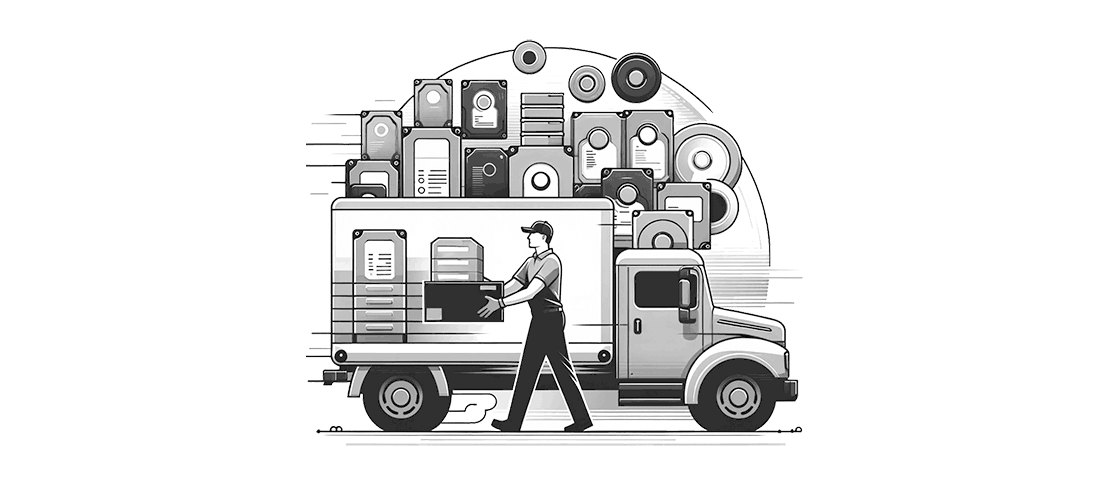
On-Site Collection of Storage Media
The on-site collection of computer storage media is a crucial step in preserving vital data for the long term. This process involves several key phases, each playing an essential role in the process. Here are these phases, illustrated with examples from the IT and film industries:
Phase 1: Identification of Media
Accurately identifying the media to be recovered is the first crucial step in on-site collection. This phase involves creating a comprehensive inventory of the media and noting their location, content, and importance.
Example: A large technology company that has accumulated critical data on outdated servers needs to identify the media to be recovered. This includes hard drives containing essential customer data and software development archives.
Phase 2: Logistic Planning
Logistic planning is essential for a successful collection. It includes coordinating collection teams, reserving suitable handling equipment, and establishing a collection schedule that minimizes disruptions.
Example: A film production company is preparing for the on-site collection of rare film reels stored in a remote warehouse. Logistic planning involves coordinating collection teams, renting special trucks, and organizing the logistics needed to safely transport the reels.
Phase 3: Collection Preparation
Collection preparation involves securing the media to prevent damage during transport. It also includes documenting their current condition through photographs or detailed notes on any anomalies.
Example: A government department responsible for archiving sensitive government data needs to prepare for the collection of LTO tapes stored in a secure room. Preparation includes checking the condition of each tape, inspecting identification labels, and securing sensitive data for transport.
Phase 4: Physical Collection
The physical collection of storage media must be carried out with care to avoid damage. It is crucial to handle the media, avoiding shocks, vibrations, or temperature variations that could harm the data. The media should be transported in appropriate containers.
Example: A film studio is collecting hard drives containing unreleased film files. The collection staff carefully handles the hard drives, transports them in anti-static crates, and ensures meticulous management to prevent any risk of file corruption.
Phase 5: Traceability
Once the media has been collected, rigorous traceability must be maintained. Each media item should be recorded in a tracking system that records its serial number, current location, and collection date. This information is crucial for the future management of the media.
Example: A film library maintains strict traceability of each film reel collected by recording its unique identification number, current location in the archives, and collection date. This allows for the quick location of specific films for restorations or special screenings.


